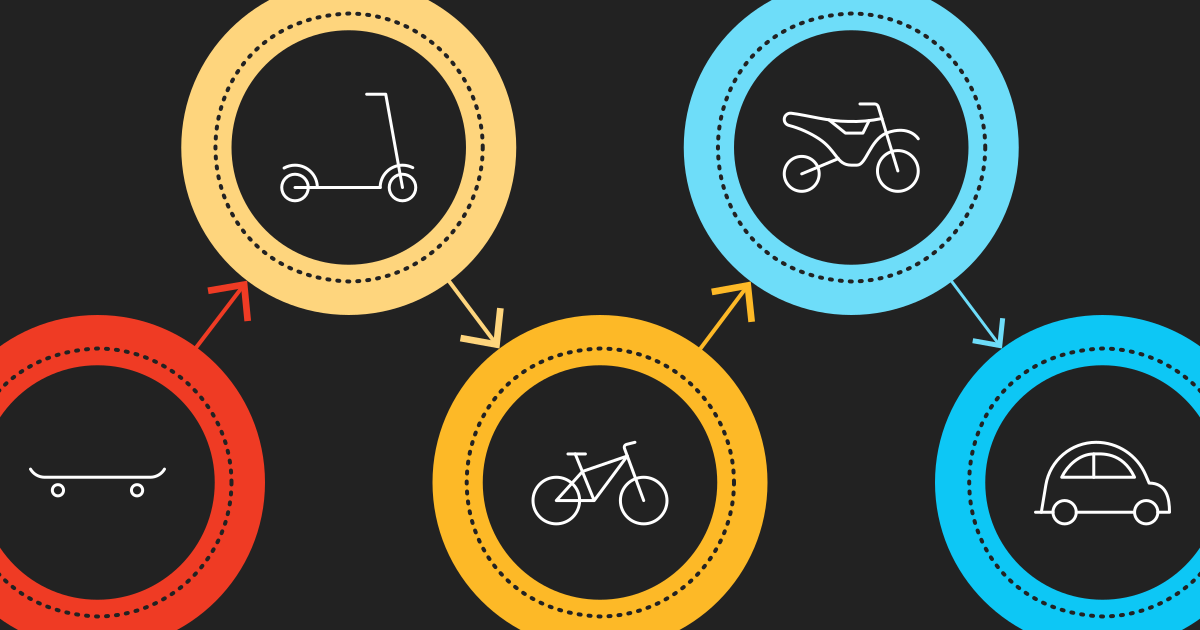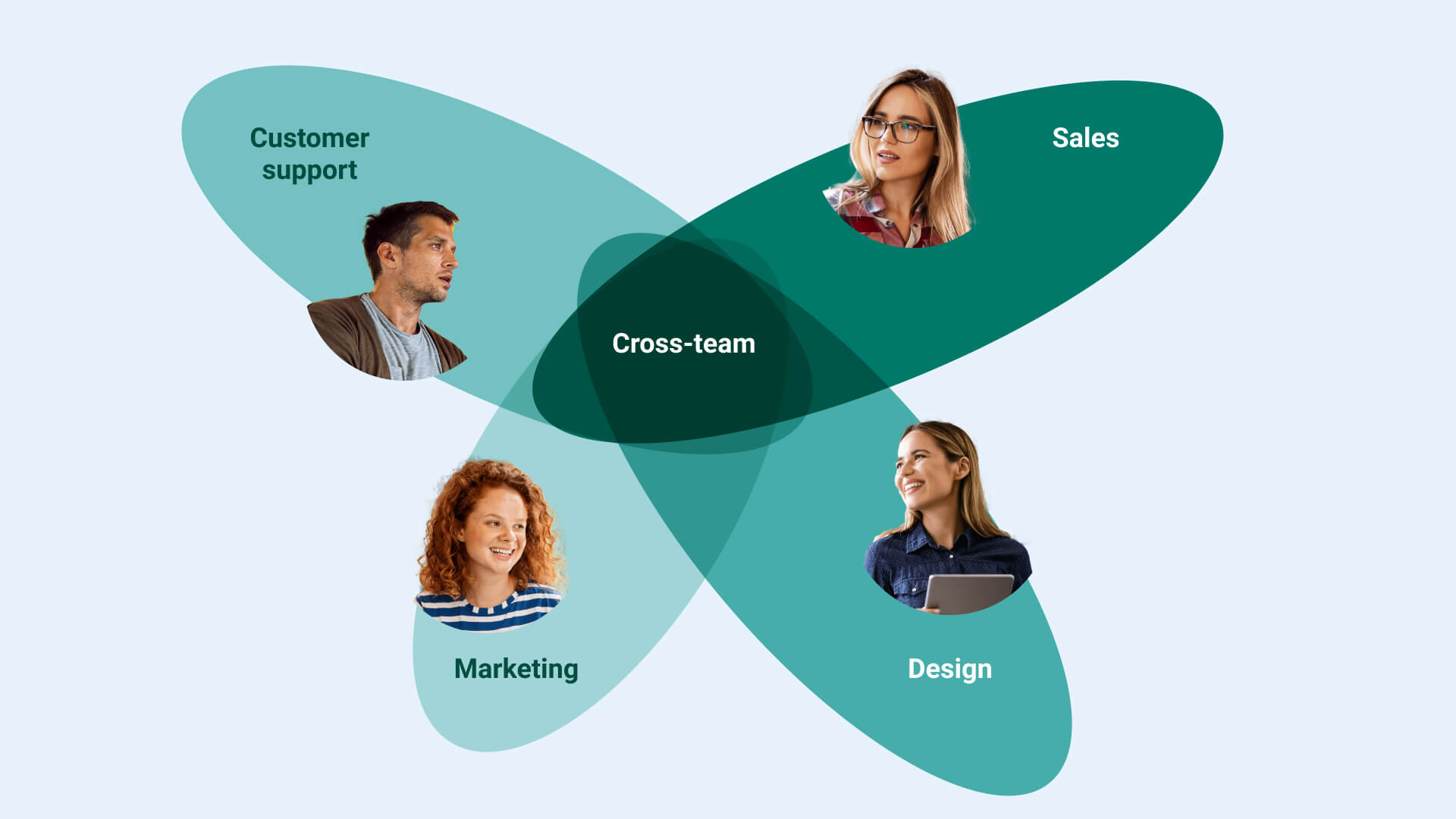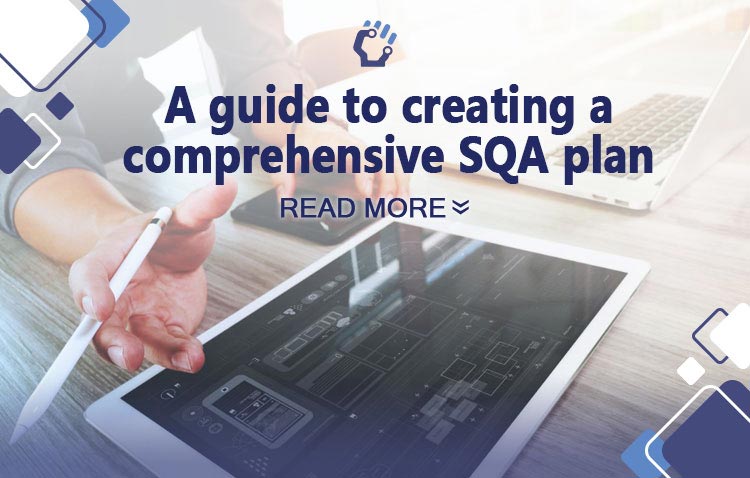Introduction
In the fast-paced world of startups and product development, the concept of a Minimum Viable Product (MVP) has gained significant prominence. But what exactly is an MVP, and how can you successfully implement one? In this article, we’ll delve into the intricacies of MVPs, explore their benefits, and provide actionable strategies for creating a successful MVP.
What Is a Minimum Viable Product (MVP)?
An MVP is the most basic version of a product that allows you to test your assumptions, gather feedback, and validate your business idea. It’s not about building a fully-featured product from the get-go; instead, it focuses on delivering the core functionality necessary to address a specific problem or need.
Why Build an MVP?
-
Risk Mitigation: By starting with an MVP, you minimize the risk of investing time and resources into a product that might not resonate with your target audience.
-
Learning Opportunity: An MVP provides valuable insights into user behavior, preferences, and pain points. You learn what works and what doesn’t, allowing you to iterate and improve.
-
Speed to Market: Launching an MVP quickly enables you to enter the market faster, gain early adopters, and stay ahead of competitors.
Strategies for Successful MVP Implementation
1. Define Clear Goals
Before diving into development, outline your goals. What problem will your MVP solve? What metrics will you track? Having a clear vision ensures alignment across your team.
2. Identify Core Features
Focus on the essential features that directly address the problem. Avoid feature bloat. Keep it simple and user-centric.
3. Prioritize User Experience (UX)
Even in an MVP, UX matters. A seamless, intuitive interface enhances user engagement and encourages feedback.
4. Test Hypotheses
Formulate hypotheses about user behavior, market fit, and value proposition. Use A/B testing and analytics to validate or refute these assumptions.
5. Iterate Based on Feedback
Gather feedback from early users. Adapt, refine, and iterate. Your MVP is a work in progress.
6. Build Scalability Into Your Architecture
While your MVP is minimal, consider scalability. Ensure your tech stack can handle growth without major rework.
7. Market Your MVP
Don’t assume users will find your MVP organically. Create awareness through targeted marketing and outreach.
Conclusion
In the journey of product development, an MVP serves as a compass, guiding you toward success. By following these strategies, you’ll not only demystify the concept of MVPs but also set yourself up for a thriving product launch.
FAQs
-
Q: Can I skip building an MVP and go straight to a full-fledged product?
- A: Technically, yes. However, building an MVP reduces risk and provides valuable insights.
-
Q: How do I choose the right features for my MVP?
- A: Prioritize features based on their impact on solving the core problem. Less is often more.
-
Q: What if my MVP fails?
- A: Failure is an opportunity to learn. Analyze why it failed, iterate, and try again.
-
Q: Should I involve users during MVP development?
- A: Absolutely! User feedback is crucial for refining your product.
-
Q: Can I pivot after launching an MVP?
- A: Yes, pivoting based on feedback is common. Stay agile and adapt as needed.








